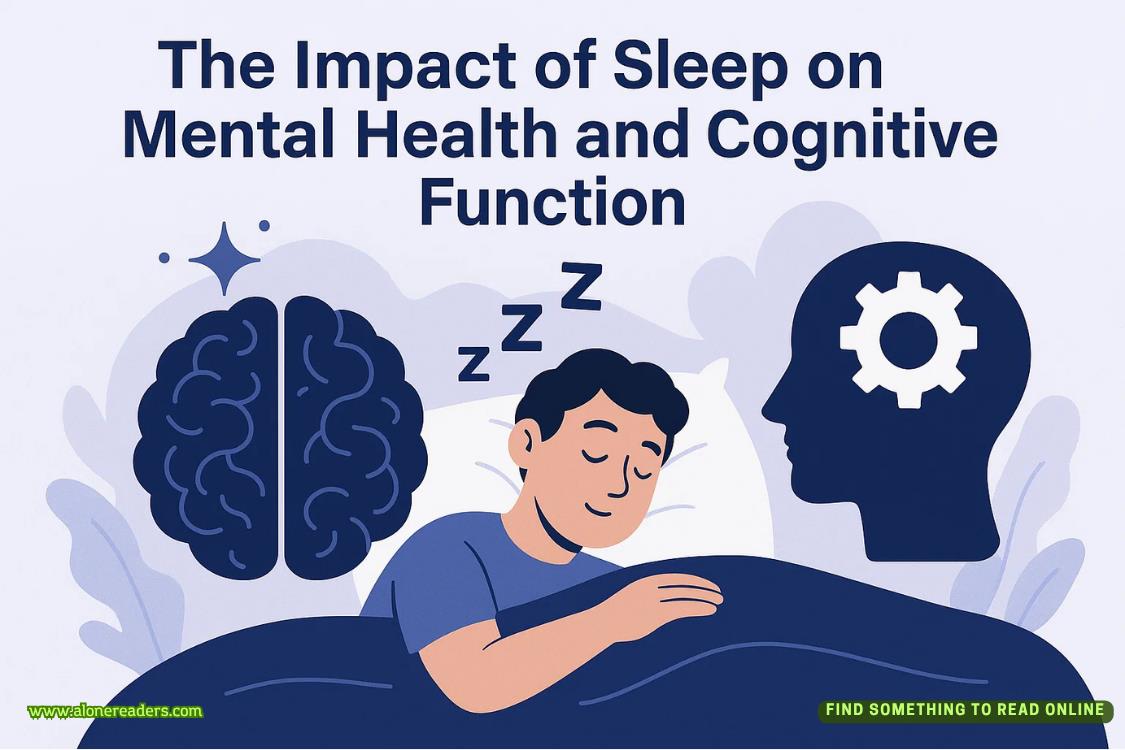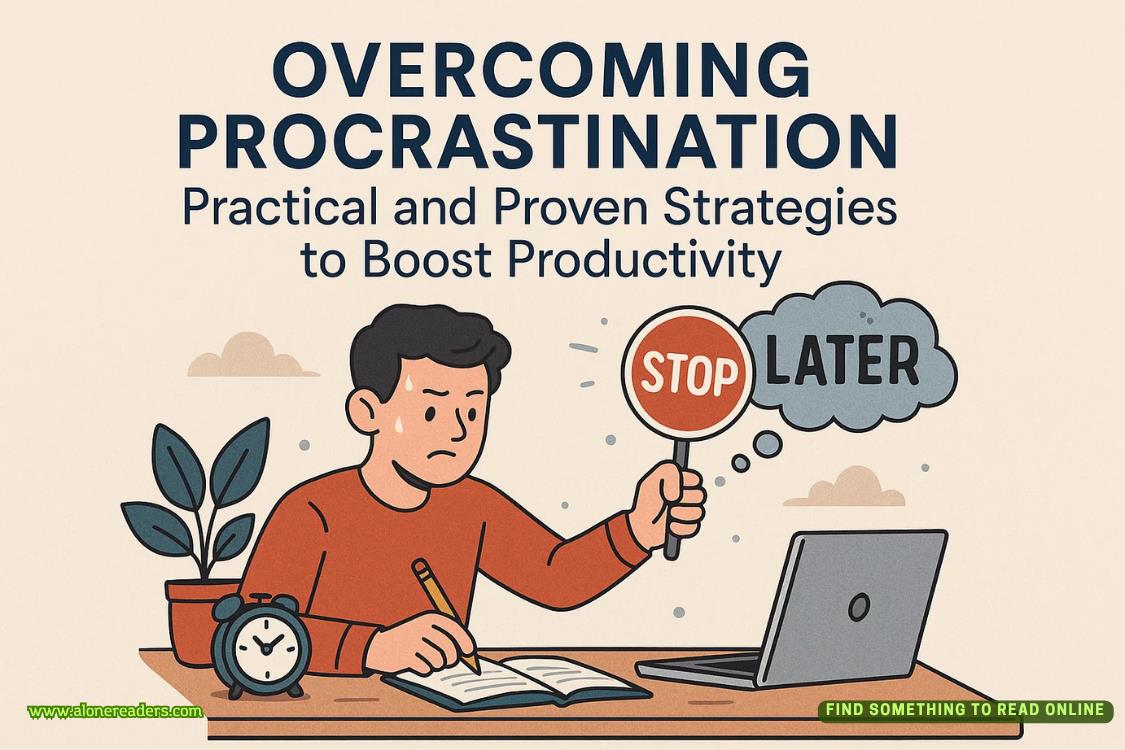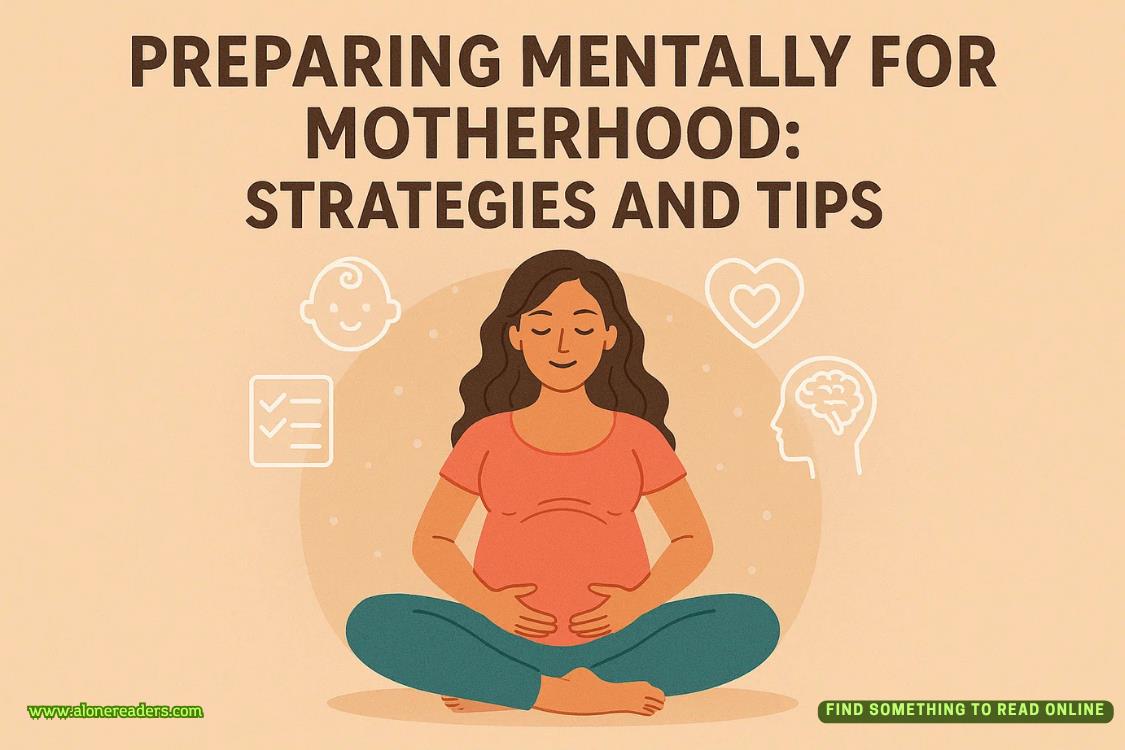Page 13 of Knot Their Fated M.U.S.E
The straitjacket feels simultaneously too tight and strangely absent, my nerve endings failing to transmit consistent sensory data as systems begin systematic shutdown.
Interesting.
Part of me—the clinical, analytical part that survives even as basic functioning deteriorates—finds the process fascinating. The systematic failure of biological systems follows predictable patterns, each symptom building logically upon previous deterioration.
Tachycardia giving way to dangerous bradycardia as the heart conserves energy. Peripheral vasoconstriction redirecting blood flow to vital organs. Cognitive function narrowing to essential processing.
The body's final desperate attempts at survival, following protocols encoded in evolutionary memory.
"—need to respond—" Maverick's voice fades in and out, urgency evident even through disconnected fragments. "—tracking cellular degradation—cannot maintain implant functionality if?—"
His words blur into background noise as consciousness slips again, pulling me deeper into memories that feel more real than present reality.
The melody returns, humming through neural pathways with hypnotic insistence—Riot's lullaby, the comfort he offered when clinical protocols demanded only data.
The tune carries me backward, through darkness and pain, into a memory I've kept sealed away for six years of external existence...
Seven years ago.
Level Minus Three stinks of desperation and forced compliance.
The lighting here differs from other levels—harsh spotlights focused on central arena spaces while observation areas remain cloaked in strategic shadow. Perfect for psychological manipulation, for creating the illusion that judgment comes from darkness itself rather than human observers.
My bare feet make no sound against the polished concrete as I follow the white-coated researcher conducting my "educational tour." I've been carefully crafting the persona they expect—wide-eyed fascination masking calculated observation, naive questions concealing strategic information gathering.
"This is our judicial assessment center," she explains, pride evident in her clinical tone. "Where we evaluate alpha subjects' capacity for decision-making under stress."
Torture disguised as research, cruelty masquerading as science.
I've learned to read between carefully constructed lines during my time at Ravenscroft. To recognize the euphemisms they employ to distance themselves from the reality of what happens within these walls.
"What kinds of decisions?" I ask, injecting innocent curiosity into my voice while my eyes catalog every detail of the space—camera positioning, guard stations, ventilation access points, potential weaknesses in security protocols.
The researcher smiles, pleased by my apparent engagement.
"Life and death, primarily. We've found that alphas with judicial backgrounds demonstrate fascinating neurological patterns when forced to make rapid determinations with limited information. The stress hormones produced during these sessions have proven exceptionally valuable in our pharmaceutical development programs."
Translation:they torture alphas by forcing them to condemn others to death, then harvest their biochemical responses for profit.
We approach a viewing window that overlooks a circular chamber dominated by a strange apparatus—a mechanical harness system suspended from the ceiling, currently holding a man upside down. His wrists are secured behind his back, forcing his spine into an unnatural arch that must cause excruciating pain.
Despite his compromised position, he maintains an eerie stillness that raises goosebumps along my arms.
"Subject 731," the researcher notes, checking her tablet. "Former criminal court judge with an exceptional conviction record. Specialized in capital cases. Demonstrates remarkable cognitive function even under extreme physiological stress."
I study him through the glass, this man suspended between the floor and ceiling like some twisted art installation.
Long dark hair hangs toward the ground, obscuring his face from this angle. His body shows evidence of systematic abuse—scars layered upon scars in patterns that speak of deliberate, repeated trauma rather than random violence.
Yet something in his posture suggests not defeat, but patience.
Not submission but calculation.
"What's he doing now?" I ask, noting how his head occasionally turns slightly toward different monitoring screens positioned around the chamber.
"Multi-phase judgment protocol," she answers, pride evident in her tone. "He's simultaneously monitoring eight different combat scenarios occurring in adjacent arenas, evaluating participant performance in real-time, and determining which subjects advance to the next testing phase."
My eyes widen with genuine surprise.















